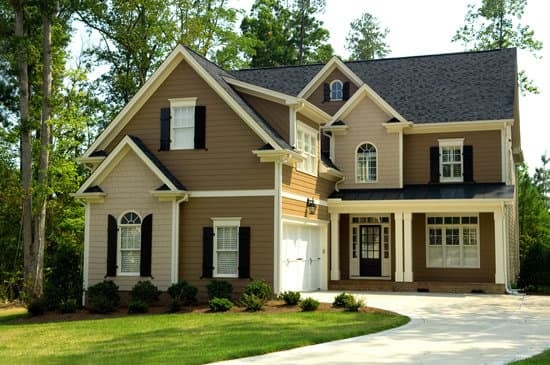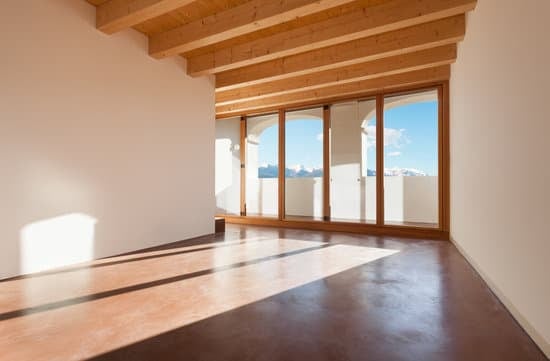Masonry walls are widely used in construction and can be categorized into different types based on their purposes and construction methods. There are four types of masonry walls that you should know about:
Load-bearing Masonry Walls: These walls are constructed using materials such as concrete blocks, bricks, and stones, and can bear the load of the structure above them. Load-bearing walls are essential in building structures that have multiple floors.
Reinforced Masonry Walls: These types of walls are made up of reinforced materials such as steel and concrete and can be load-bearing or non-load bearing. Reinforced masonry walls have higher structural integrity and are useful in resisting high wind forces and seismic activity.
Cavity Masonry Walls: These walls are constructed out of two layers of masonry units with a cavity in between them. The cavity provides insulation against heat, moisture, and sound, making them ideal for residential buildings.
Composite Masonry Walls: These walls are a combination of two or more masonry units of different materials such as bricks, concrete blocks, or stones. They possess improved strength and durability and are used in constructing buildings, especially in areas with high seismic activity.
While choosing the right type of masonry wall construction, it is always wise to consider the location, use, and structural requirements of the building. Understanding these four types of masonry walls can help you make an informed decision while constructing or renovating your home or garden.


















